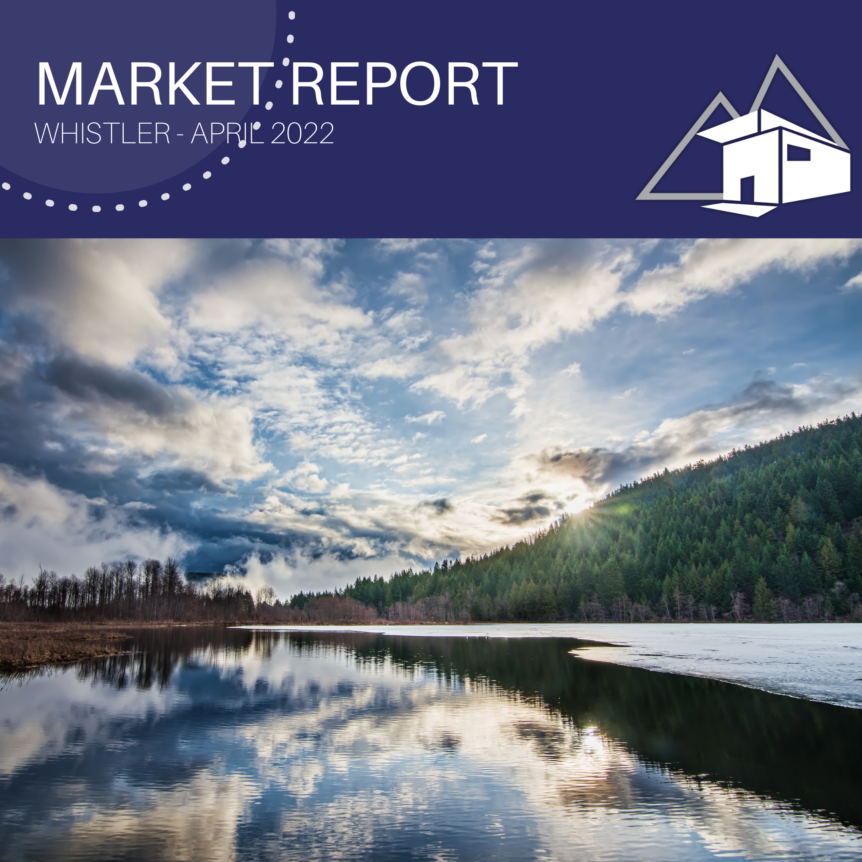Through the first months of 2022, the Whistler real estate market has slowed slightly but continues to outpace historical averages and average sale prices continue to rise. The Whistler market inventory has slowly improved from the historical low reached in December 2021, but the market is still constrained by a lack of supply. As a result, we continue to be experiencing a strong seller’s market in most segments and buyer demand remain remains high.
Market Snapshot
When compared to the first quarter of 2021, the pace of unit sales has fallen from an average of 108 ends per month (with a high of 114 in March 2021) to 71 ends per month. That said, the market still continues to outpace the long-term average of 65 units per month.
The average sales price of units in Whistler has continued to climb, even as the pace of sales has slowed. The average transaction value YTD is $1.88M, which is a notable increase of about 20% from the average transaction value of $1.57M reached at the end of 2021.

Looking Ahead
As we move ahead into spring, we expect market conditions to remain mostly unchanged.
At this point, the Whistler real estate market has not been impacted by the March 2022 interest rate increase, the first increase from the Bank of Canada since 2018. Additional interest rate hikes are likely imminent as the year progresses in an attempt to curb inflation, but we expect the impact on the Whistler market to be minimal at most.
The foreign buyer ban announced on April 7, 2022, as part of the Federal budget will exclude recreational properties. So we expect that the impact on the Whistler market will be dictated by the much-anticipated definition of recreational properties. Given that the vast majority of Whistler buyers originate from British Columbia’s lower mainland, we don’t anticipate this will have an impact on the pace of sales or prices in the Whistler market.
The current geopolitical conflict and resulting uncertainty has not had a visible impact on the market as of now. We will see if that continues.

